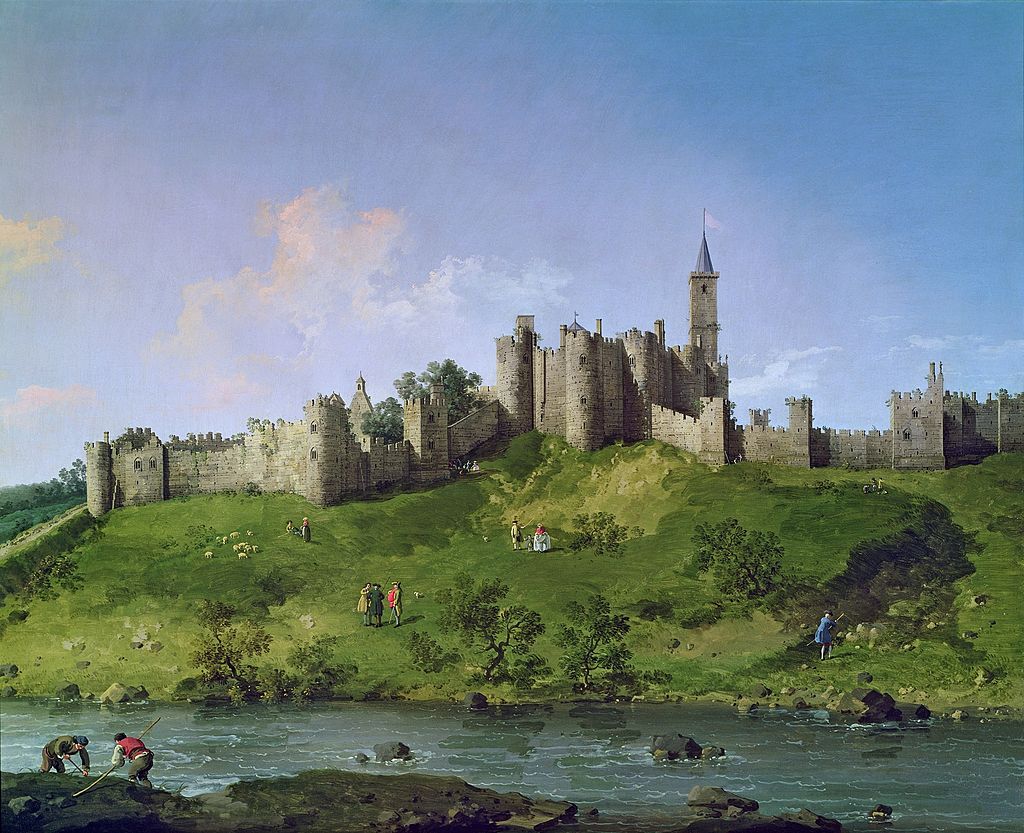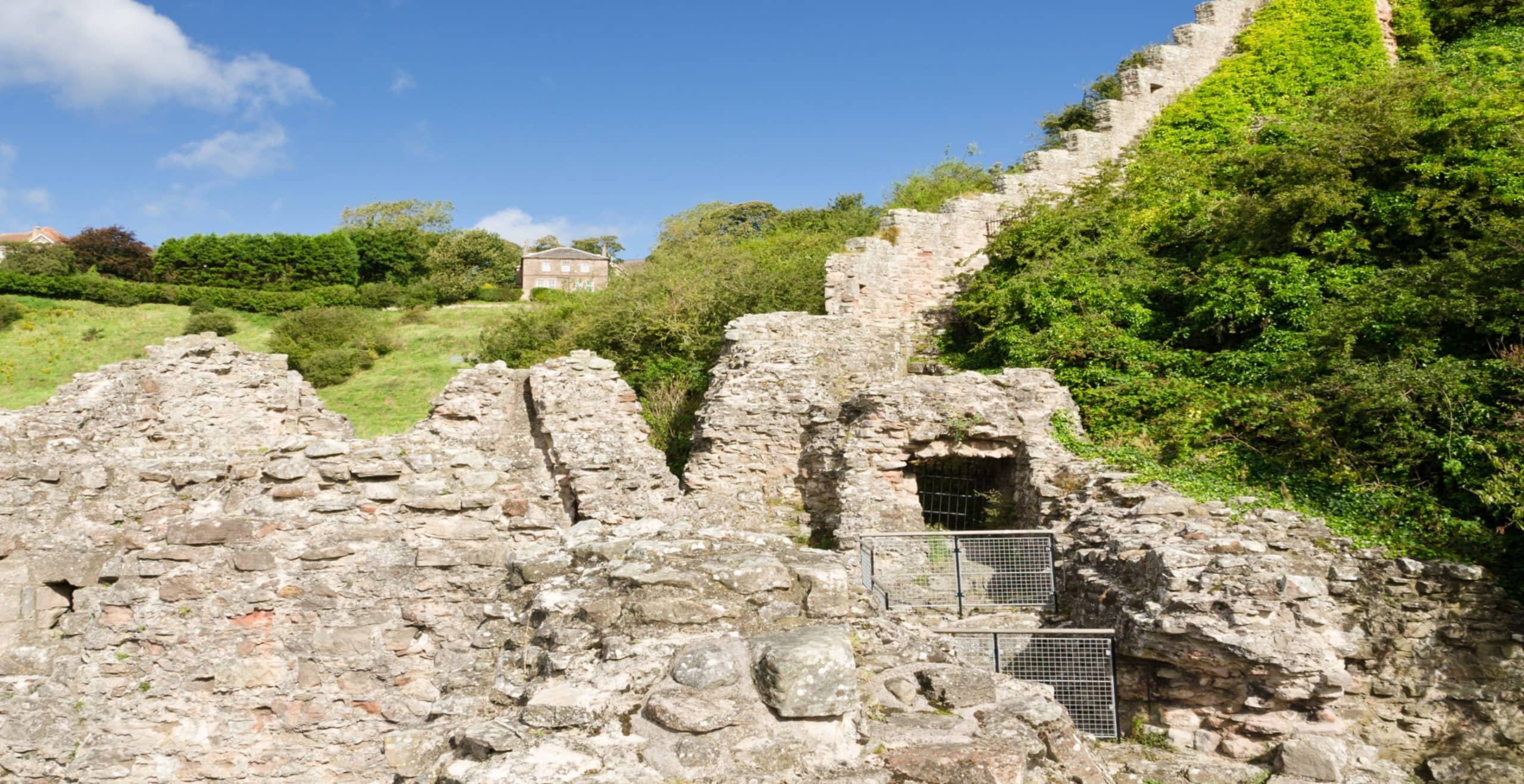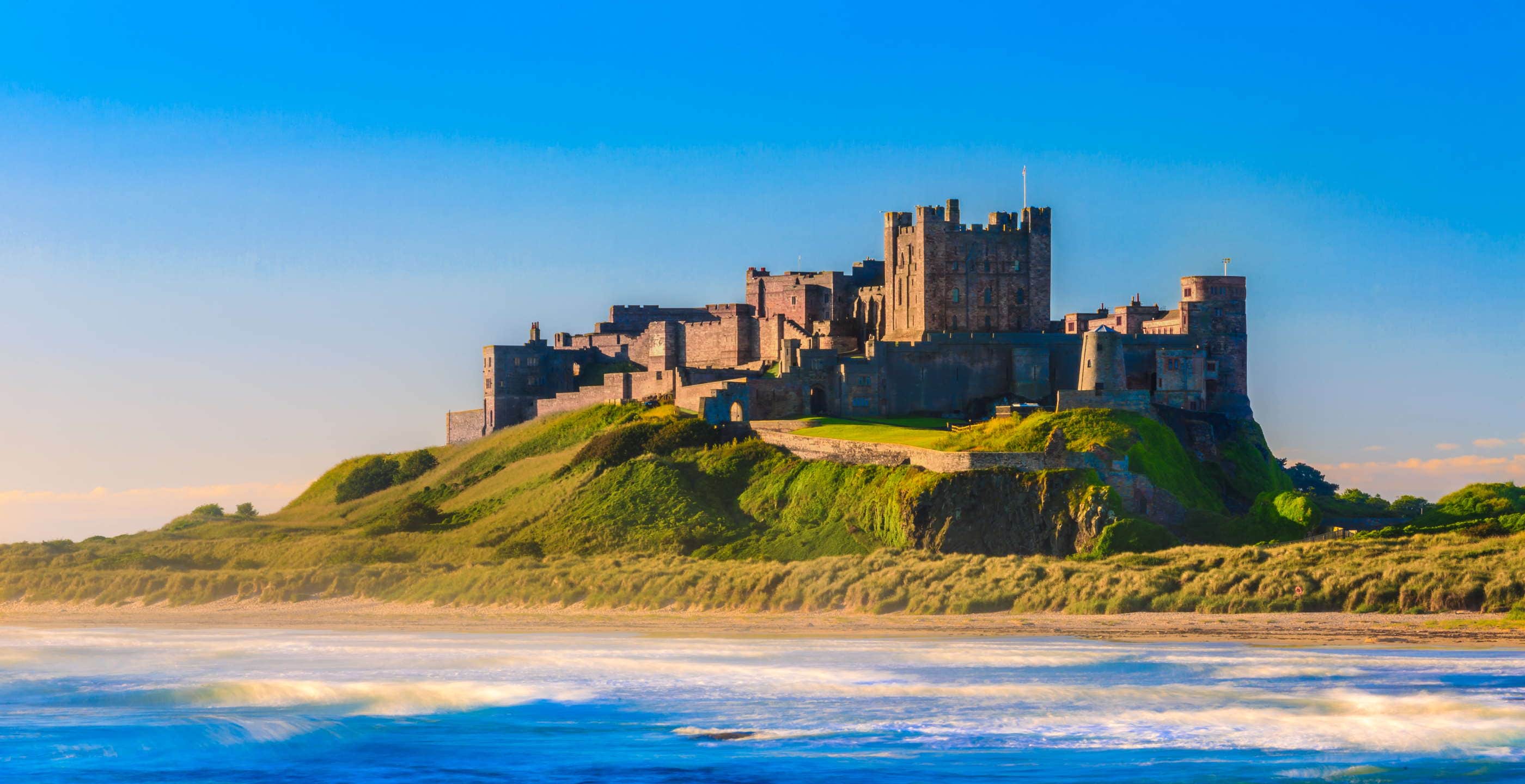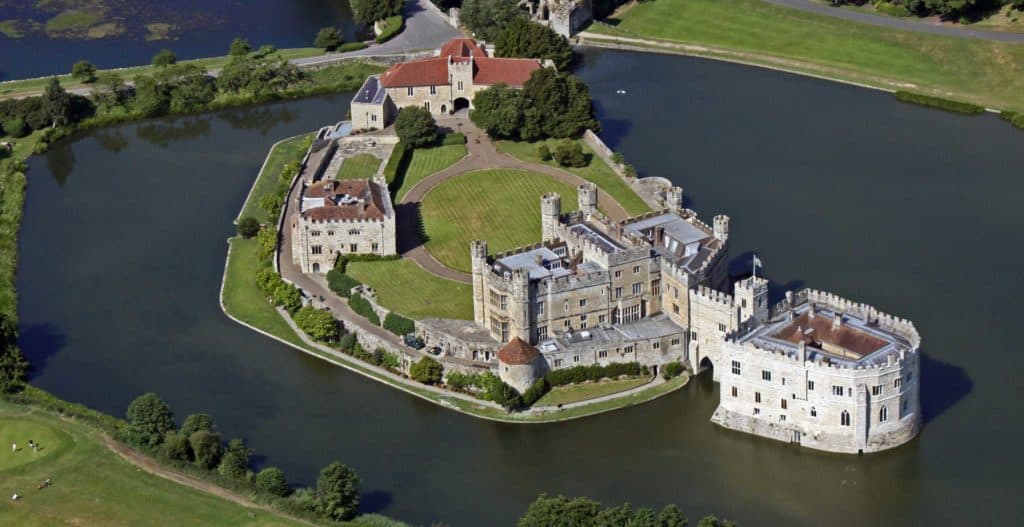Telephone: 0370 333 1181
Website: https://www.english-heritage.org.uk/visit/places/berwick-upon-tweed-castle-and-ramparts/
Owned by: English Heritage.
Opening times: Open daily 10.00 – 16.00. Entrance is free of charge.
Public access: Private fee-paying car parks can be found throughout Berwick and the castle is also next to the railway station. Open to all, with disabled access to the ramparts. However, it should be noted that there are steep, unguarded drops in some areas of the ramparts.
The remains of a medieval castle and the most complete bastioned town defences in England, first built in the 12th century by the Scottish King David I. The magnificent defences of Berwick testify to the important role played by the town throughout history. Berwick shifted back and forth between Scotland and England so often that it was said to have rivalled Jerusalem in the number of times it came under siege in medieval times.

Berwick first prospered under the rule of Scottish kings in the 12th century, becoming a trading port on the east coast as well as the most important royal borough in Scotland. In the latter half of that century, the Scottish king William the Lion made repeated attempts to bring the whole of Northumberland under his control. It was a near obsession that would ultimately prove fruitless, and William was forced to cede the town to England in 1175 after being taken captive at Alnwick. Needing money to pay for his Crusade, Richard I sold Berwick back to the Scots. Despite attempts to retake the town in the reign of John, it remained under Scottish control until Edward I gathered his armies for his invasion of Scotland. Berwick was taken in 1296 amid a great slaughter of townsfolk, who were replaced with English settlers.
Edward I strengthened the castle and ordered the substantial town walls of Berwick, which are two miles in length, to be built. Nonetheless, both William Wallace and Robert Bruce retook the town for the Scots, the former briefly and the latter until Edward III blockaded it in 1333. Throughout medieval times, Berwick remained a strongly fortified town. However, the ramparts that impress the visitor today date to the 16th century. They were begun in 1558, during a time of great tension between England and Scotland, when threats of a French invasion were at their height. Only the north side, designed for the use of cannons, was completed. Berwick was one of only three permanently garrisoned towns in Tudor times. These developments rendered the castle obsolete and much of the remaining structure was demolished when the town’s railway station was built. Some of the 13th century castle and fragments of the original extensive town walls survive. The Lord’s Mount, a semi-circular gun placement dating to the reign of Henry VIII, also remains, along with other defences dating to both the times of the English Civil War and the Jacobite ’45 period.





